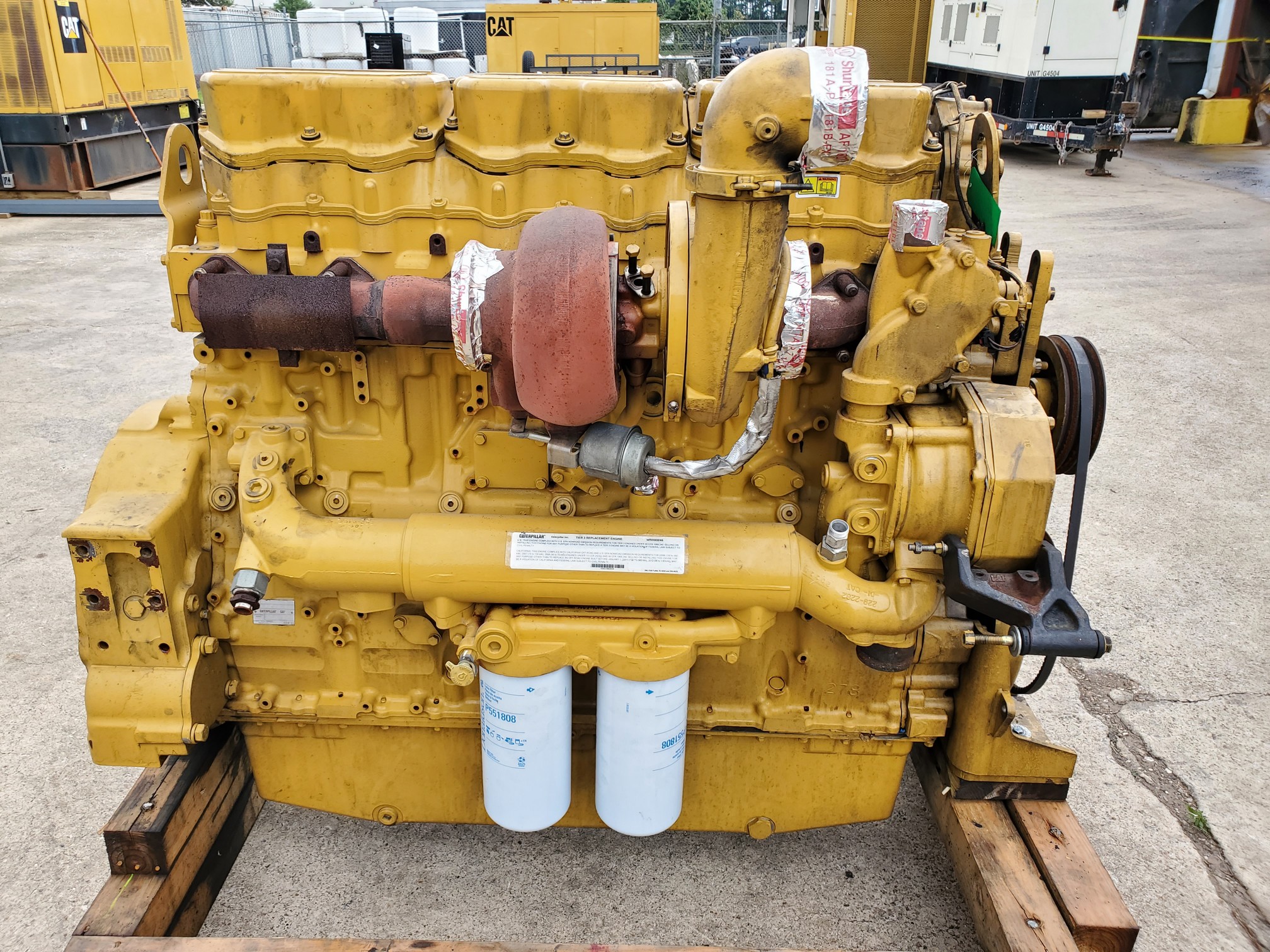

Past results are not necessarily indicative of future results. R/V Platform provides a complete solution for the management of market, credit and liquidity risk, and for regulatory compliance.About the results you see on this Web site VAR+ is a versatile tool for market risk management, whereas SWAP+ is designed to capture credit risk exposures caused by counterparties of a financial institution. In other words, the user of the risk engine must be able to see how the portfolio would be affected by a defined set of unfavorable market scenarios.Īll the features discussed above are readily available in R/V Platform, VAR+ and SWAP+, the simulation-based tools for financial risk management provided by CD Financial Technology. In addition to VaR measures, effective scenario analysis (stress testing) must also be available.

The estimation of the parameters of each stochastic process is also an important part of the risk management procedure. These include diffusion, geometric Brownian motion and mean reversion. In most financial applications, three types of stochastic processes are used in order to describe the behavior of the associated risk factors. The underlying simulation model plays a vital role in the reliability of the simulated VaR results. Any netting agreements with various counterparties must also be taken into account during the simulation of credit risk exposure. the development of 95% VaR level of credit risk exposure of a swap contract. In this situation, pathwise simulations are required in order to produce profiles of various risk measures over time, e.g. When credit risk is considered, the regarded time horizon may range over several years. In capturing market risk, one-step simulation is usually employed as the time horizons concerned are typically only a few days. In practice, various forms of polynomial splines or exponential functions are used. On the other hand, the yield curve models must not be so complex that they require excessive processing time to apply. at the stage when simulated portfolio distributions are created, the applied yield curve models must reflect the general behaviour of real-world movements of yield curves.

Additional measures of risk, such as skewness, kurtosis or expectations of tail distributions, can also be produced.ĭuring the pricing of portfolio holdings, i.e. The required VaR levels can be easily extracted from these distributions. In other words, simulated distributions of portfolio values are produced. The resulting set of simulated values for the specified risk factors then resembles the joint probability distribution implied by the statistical estimates.įinally, the portfolio holdings are evaluated under each generated market scenario.

RISK ENGINE APPLICATION SERIES
the volatilities and correlations estimated from historical time series of risk factors. Naturally, the generated scenarios must be consistent with the statistical data applied in the simulation model, i.e. One sample of simulated values thus equals one generated market scenario. The simulation procedure then involves generating possible market scenarios, or values for the risk factors, at random. The most accurate way of producing VaR measures is to adopt a structured Monte Carlo simulation whereby it is assumed that market risk emerges from a predefined set of risk factors typically these would be FX rates, interest rates and equity prices. However, it can be difficult to obtain sufficient historical data, and even when older data is available, it can be an unreliable predictor of future changes. Historical simulation can cope with non-linear portfolios, is quick to compute and makes no statistical assumptions about market data. However, if non-linear holdings (such as various kinds of options) are considered, an analytical approach will involve a rather unsatisfactory approximation of the behaviour of underlying instruments.Īlternatively VaR may be calculated using historical simulation, where historical daily rate changes are applied directly to today’s portfolio, in order to generate a distribution for the value of the tomorrow’s portfolio. In case of linear holdings and positions, the VaR measure for market risk can be calculated analytically. In order to use VaR measure as a risk management tool, a financial institution requires an effective and accurate risk engine capable of producing various risk measures. Today, its application has been extended to other risk types, including credit risk. VaR was first developed as a measure of market risk, describing the potential loss incurred by unfavourable market conditions within the considered time horizon and confidence level. In line with the recommendations of the Bank of International Settlements, Value-at-Risk has become a benchmark for risk measurement within large financial institutions.


 0 kommentar(er)
0 kommentar(er)
